Battery Design Blog Posts
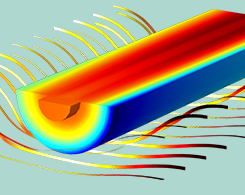
The 2019 Nobel Prize in Chemistry Celebrates Li-Ion Battery Research
John Goodenough, M. Stanley Whittingham, and Akira Yoshino, winners of the 2019 Nobel Prize in Chemistry, come from different places and researched lithium-ion batteries at different times.
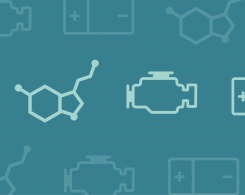
Electrode Balancing of a Lithium-Ion Battery with COMSOL®
Electrode balancing is an important consideration for battery cell engineers. Get an overview and mathematical framework of this phenomenon and learn how to analyze it in a lithium-ion battery.
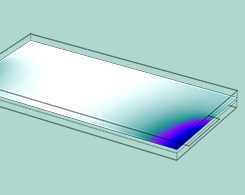
Evaluating the Electrode Utilization of a Lithium-Ion Battery Pouch Cell
Large-format batteries are found in energy storage systems; electric, hybrid, and plug-in cars; unmanned vehicles; light-rail trains; and more. We discuss modeling a component of these batteries.

Digital Twins and Model-Based Battery Design
By combining high-fidelity multiphysics models with lightweight models and measured data, engineers can create digital twins to understand, predict, optimize, and control real-world systems.

How to Model Ion-Exchange Membranes and Donnan Potentials
Get an introduction to the theory behind the Nernst-Planck-Poisson equations, Donnan potentials, and how to model ion-exchange membranes in batteries and fuel cells.
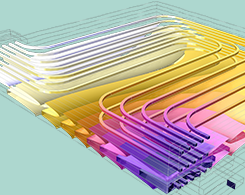
Fueling Up for Autonomous Driving with Optimized Battery Designs
What good are fully autonomous vehicles if they run on fuel? To develop hybrid and electric autonomous vehicles, we need to design efficient and optimized battery management systems.
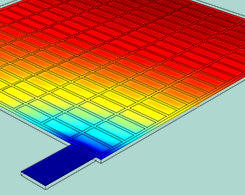
Analyzing the Current Distribution in a Lead-Acid Battery Design
The lead-acid battery in your car is not much different from the original one developed by Gaston Planté in 1859. 1 change is that you can now analyze the current distribution using simulation.
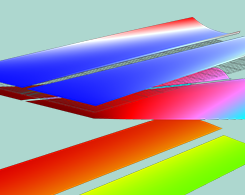
Advancing Vanadium Redox Flow Batteries with Modeling
The chemical energy in vanadium redox flow batteries is contained in liquid electrolytes and stored in external tanks. They can be used to improve grid energy storage and renewable energy.
